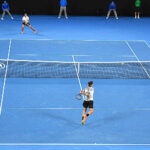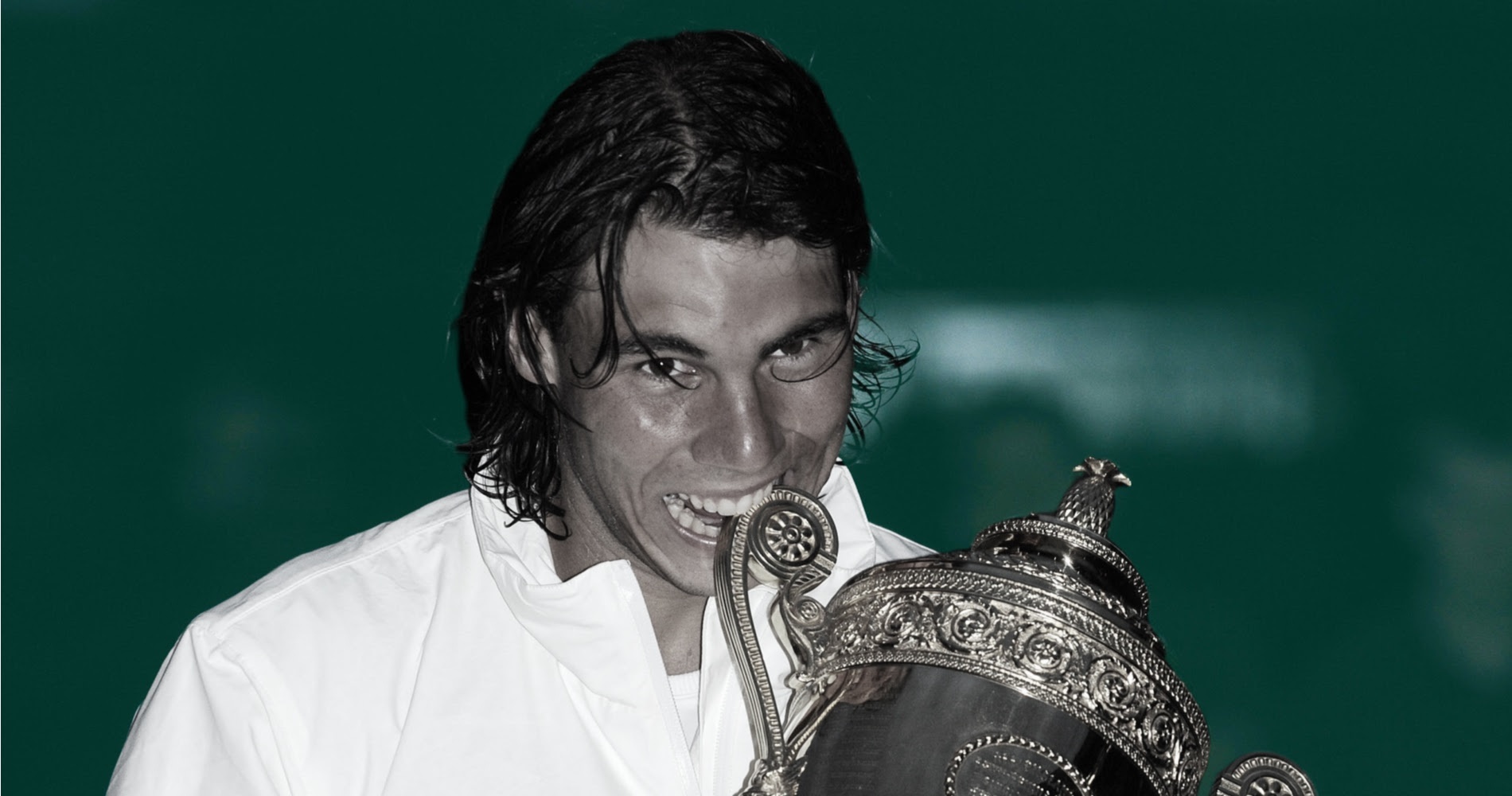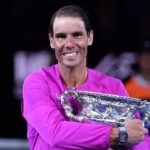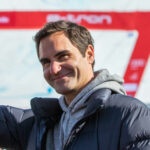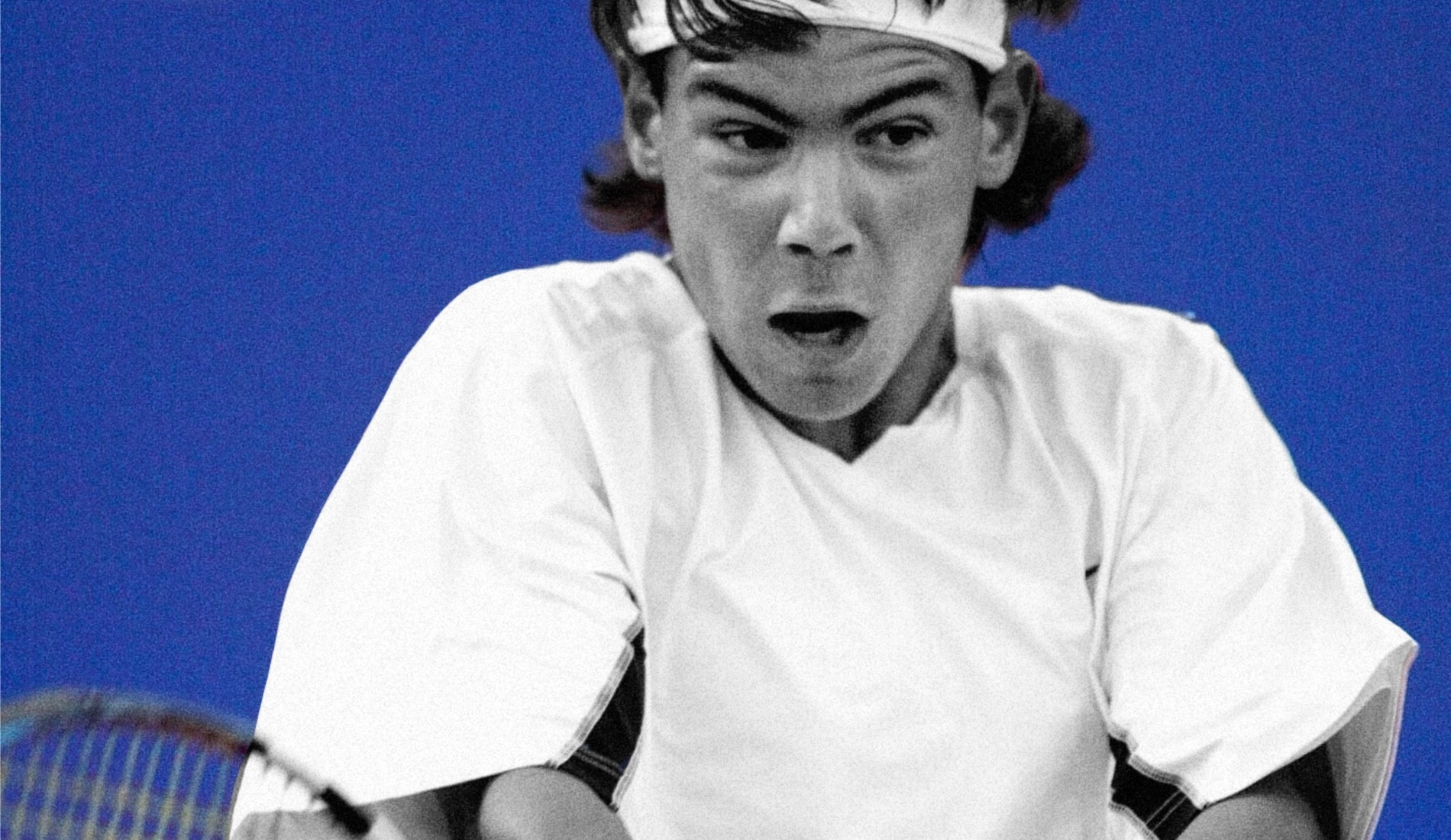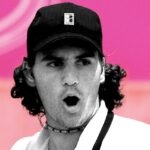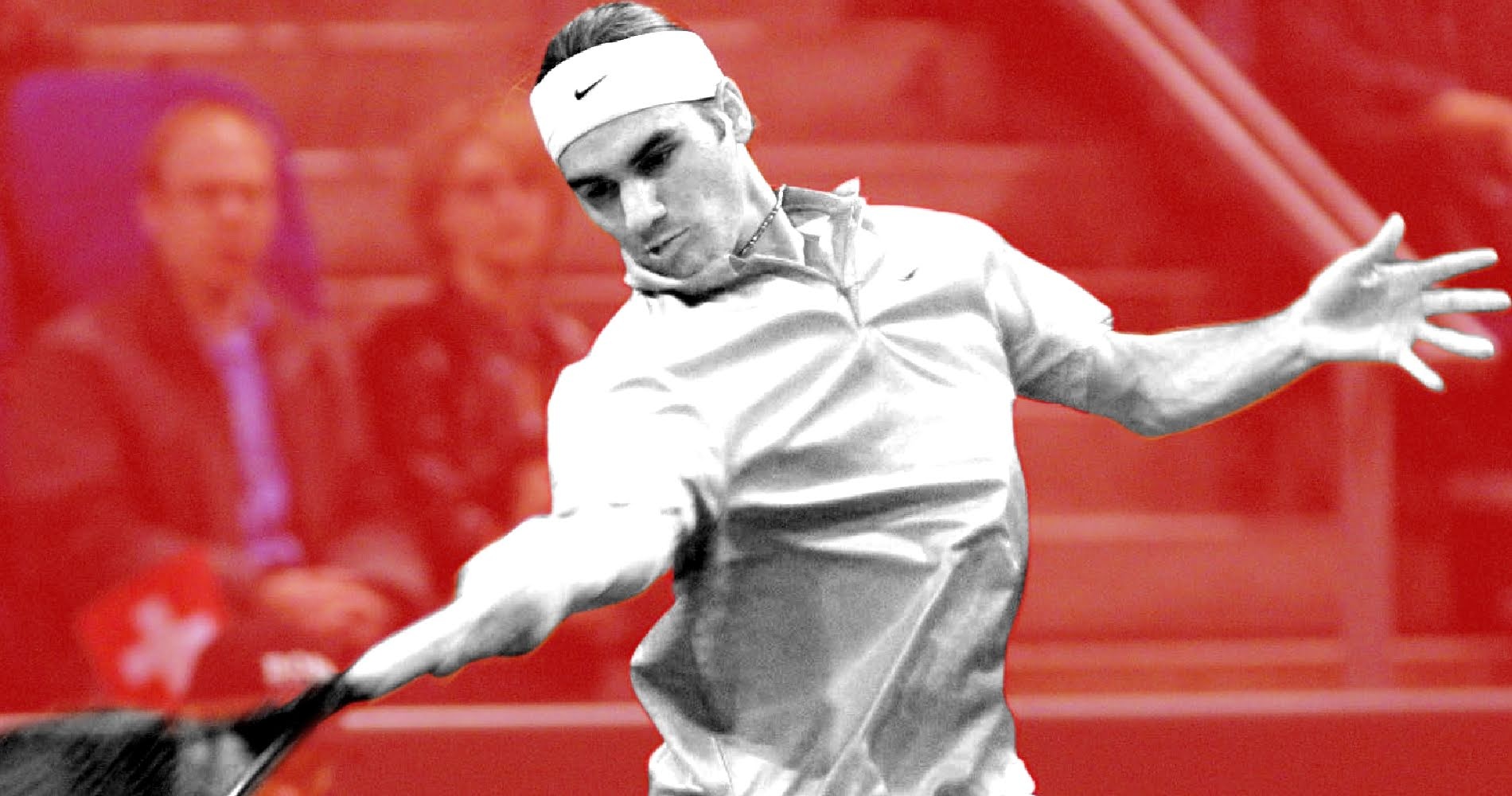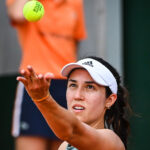March 28, 2004: The day Roger Federer and Rafael Nadal kicked off their rivalry with a stunning upset win for the Spaniard
Every day Tennis Majors takes you back in time to celebrate a great moment in tennis history. Today, we go back to 2004 to see how 18-year-old Rafa Nadal, ranked No 34 in the world, defeated the newly appointed world No 1 Roger Federer, who began the season by winning the Australian Open and Indian Wells titles
 Rafael Nadal, Auckland 2004 – © Photosport / Panoramic
Rafael Nadal, Auckland 2004 – © Photosport / Panoramic
What exactly happened on that day?
On this day, March 28, 2004, a young but already famous Spanish left-hander, Rafael Nadal, confirmed the hype around him by defeating world No 1 Roger Federer in the third round of the Miami Masters 1000 (6-3, 6-3). At the time, the Swiss was almost unbeatable, and seeing him go out this early in the tournament against a newcomer was the biggest shocker of the season. It was also a strong sign for Federer that a new rival was arising to challenge his domination.
The players involved: Rafael Nadal and Roger Federer
- Rafael Nadal: the young gun from Spain
In March 2004, Rafael Nadal was only 18 years old but he had made himself known on the ATP Tour already as an rising star. Back in 2002, Nadal, at the age of 15 years, 10 months and 26 days, made his first appearance on the main ATP Tour, after the director of the Mallorca Open invited him into the main draw. In front of his home crowd, the 762nd-ranked player in the world won his first ATP match, beating world No 81 Ramon Delgado in straight sets (6-4 6-4).
A year later, in 2003, aged 16, at the Monte-Carlo Masters 1000, Nadal defeated the defending Roland-Garros champion, Albert Costa (7-5, 6-3), before reaching the third round at Wimbledon (lost to Paradorn Srichaphan, 6-4, 6-4, 6-2). He started strong in 2004, finishing runner-up in Adelaide (defeated by Dominik Hrbaty, 4-6, 6-2, 7-5), and when the Miami Masters 1000 began, he was already ranked No 34 in the world.
- Roger Federer: the Swiss who had just begun his domination on the ATP Tour
Roger Federer, born in 1981, had recently become on of the leaders on the ATP Tour. In his early years, Federer had performed well since his first professional outings. His incredible game amazed the world tennis and soon, he was proclaimed as a potential world No 1. Expectations grew even bigger when, at the age of 19, he defeated the seven-time Wimbledon champion, Pete Sampras himself, in the fourth round of The Championships in 2001 (7-6, 5-7, 6-4, 6-7, 7-5). However, young Roger was very emotional, and he did not cope very well with this pressure.
Entering the top 10 in June 2002, his records in major events had yet to match his talent: in his first 16 Grand Slam appearances, he never made it past the quarter-finals. His biggest disappointment came at Roland-Garros in 2003, where he lost in the first round in straight sets against Luis Horna, ranked No 88. Perhaps this loss awoke the champion in him; just one month later, he claimed his first Grand Slam title at Wimbledon, defeating Mark Philippoussis in the final (7-6, 6-2, 7-6).
His confidence and his hold on the ATP Tour grew relentlessly, despite an early loss at the US Open. In the 2003 Masters Cup final, he delivered a masterclass to edge Andre Agassi (6-3, 6-0, 6-4), and even though he finished the year as world No 2, behind Andy Roddick, most of the pundits agreed to say that it was just a matter of time before he would ascend to the world No 1 position. It happened in February, after the Swiss added a second Grand Slam crown to his list of achievements, defeating Marat Safin in the Australian Open final (7-6, 6-4, 6-2).
The place: Miami
The Miami Tennis Open, originally known as the Lipton International Players Championship, was held for the first time in 1985 in Delray Beach, with the idea of being the first big tennis event of the season (at the time, the Australian Open was held in December). The tournament moved to Key Biscayne in 1987. The event was played on slow hard courts, in extreme heat and humidity. Nonetheless, with outstanding prize money and a 96-player draw, it was still considered as one of the biggest tennis tournaments in the world outside of Grand Slams, with an impressive list of former champions including Ivan Lendl, Andre Agassi, Jim Courier and Pete Sampras.
The facts: Nadal takes 70 minutes to beat Federer in straight sets
In March 2004, when Roger Federer arrived at the Miami Masters 1000, he seemed almost unbeatable. Having won two of the last three last Grand Slam tournaments, he had also recently triumphed with little trouble at Indian Wells. Even though his third-round opponent, Rafael Nadal, had already knocked down a few seeds in his young career, it seemed very unlikely that such an inexperienced player – the youngest one in the main draw – could pose major problems for the Swiss. The only clue could be that Federer had barely escaped his first round against Nikolay Davydenko (6-2, 3-6, 7-5), showing signs of exhaustion after a busy start to the season and after having suffered from heatstroke before the tournament began.
However, on this day, in their first-ever meeting, the young Spaniard did not give his opponent any chance. Relying on a consistent serve, with 81% of successful first serves, Nadal never faced a single break point and took control of the game with his powerful groundstrokes. With his incredible topspin forehand, he blocked the Swiss on his backhand side and simply overpowered him. To general astonishment, after only 70 minutes of play, the undisputed world No 1 was ousted by the 18-year-old left-hander from Manacor, 6-3, 6-3.
“I was very worried about him beating me 6-1, 6-1 or 6-1, 6-2, but I really wanted to play this match against the world No 1,” said Nadal afterwards. “I went out onto the court with a positive attitude, not with an attitude of trying to win the match. I’m really happy because I played one of the best matches of my career”.
“That’s what youngsters do,” Federer said of Nadal’s performance. “I’ve heard a lot about him and I’ve seen some of his matches. I don’t think it’s a big surprise to anyone”.
Years later, Federer would recall: “I never really got into the match. Still maybe a bit tired, but he played great and I was impressed with what I saw.”
What next? Federer would avenge the loss at the same venue one year later
Rafael Nadal would be defeated in the following round by Fernando Gonzalez, of Chile, (7-6, 4-6, 6-2).
This meeting between Nadal and Federer would mark the beginning of one of the greatest rivalries of all-time, with a glorious second episode which would happen 12 months later in the same Miami Masters 1000 but this in the final. The Swiss would come back from two-sets-to-love down in the final to eventually prevail (2-6, 6-7, 7-6, 6-3, 6-1). However, in the following years, Nadal would establish himself as the nemesis for Federer, beating in three consecutive Roland-Garros finals (2006-2008), and taking the world No 1 spot away from the Swiss in 2008 after defeating him in one of the greatest Wimbledon finals of all-time (6-4, 6-4, 6-7, 6-7, 9-7).
Overall, Nadal would lead 24-16 in their head-to-head, and, by winning the 2022 Australian Open, his 21st major crown, he would also break the three-way tie between himself, Roger Federer and Novak Djokovic for most Grand Slam titles in men’s tennis history, although Djokovic later overtook him to take sole lead.
